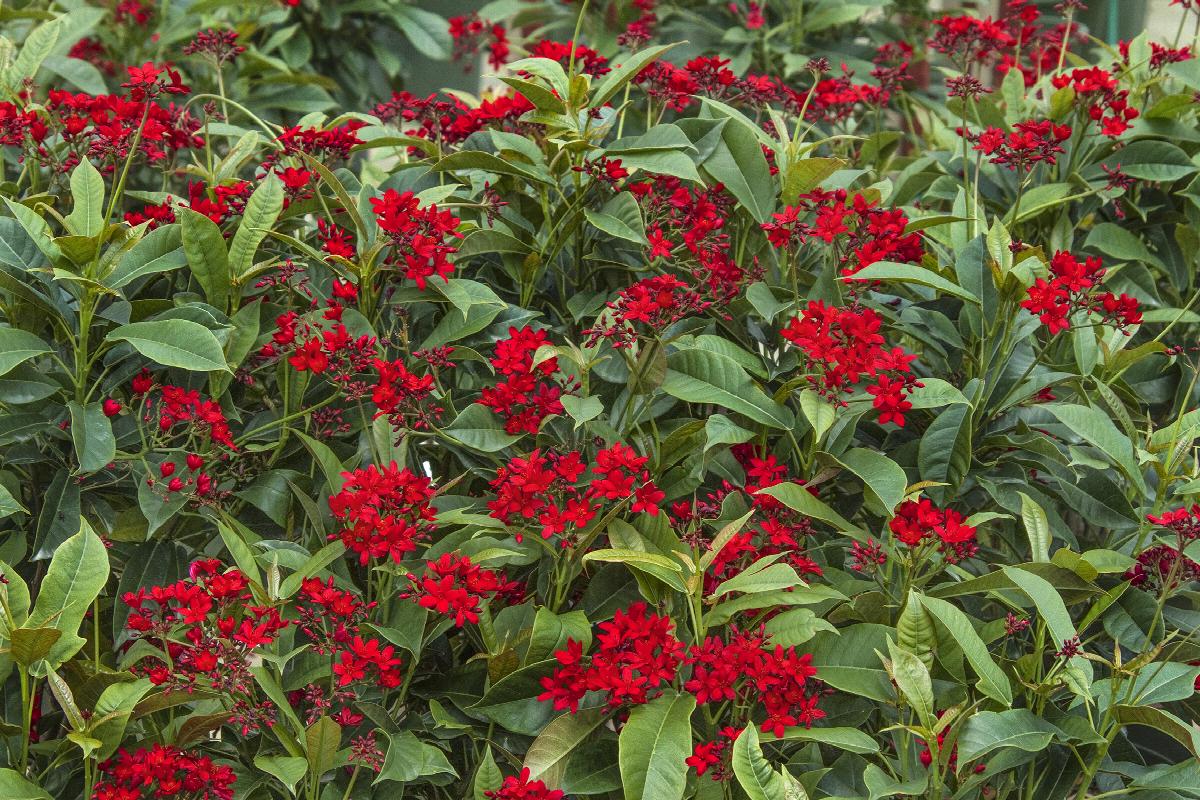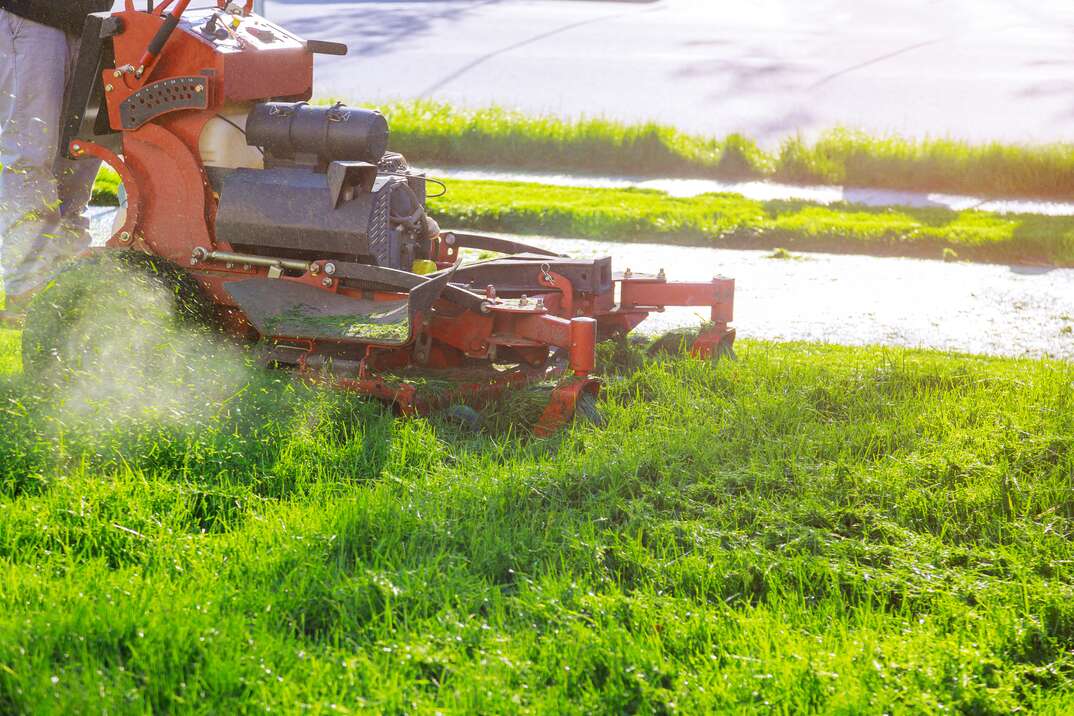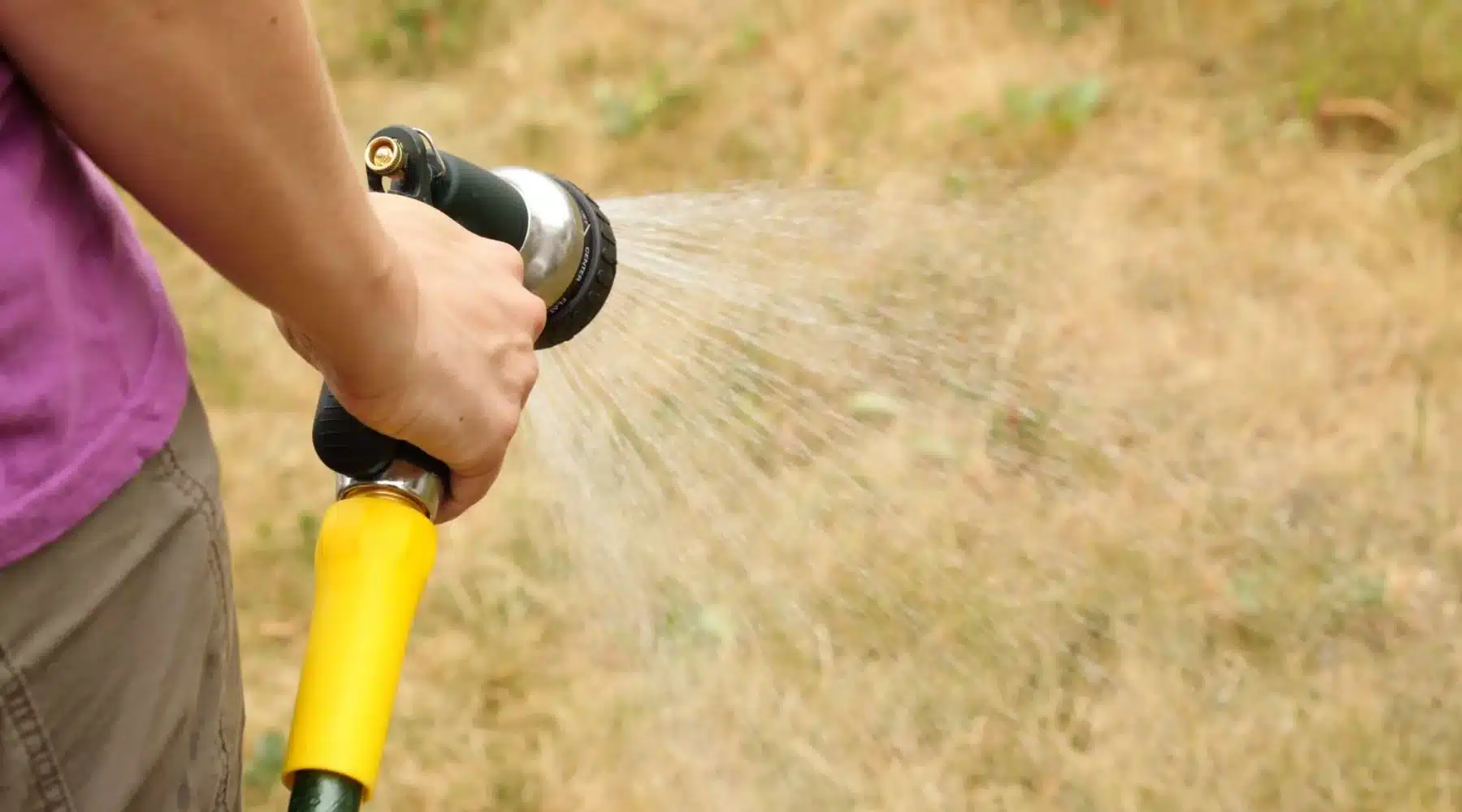Understanding Jatropha: A South Florida Favorite
Jatropha, a genus of flowering plants native to the American tropics, has become a favorite in South Florida landscapes for its vibrant flowers and resilience. Known for its easy maintenance and drought tolerance, Jatropha fits perfectly into the South Florida climate, thriving in full sun and well-drained soils. This plant’s popularity is not just due to its attractive, bright red flowers, which can bloom year-round in the right conditions, but also for its rapid growth and ability to attract butterflies, adding a dynamic element to gardens.
However, to maintain its beauty and health, proper care and pruning are essential. Jatropha can grow into a large shrub or small tree, depending on how it is pruned and cared for. This versatility makes it an excellent choice for various landscape designs, from hedges and screens to standalone ornamental features. Understanding the specific needs of Jatropha, including its growth habits and how it responds to pruning, is crucial for anyone looking to incorporate this plant into their South Florida garden.
Moreover, Jatropha’s adaptability does not mean it is without its needs. Regular pruning not only helps maintain its shape and size but also encourages more vigorous growth and flowering. This is particularly important in South Florida, where the growing conditions can lead to lush, rapid growth. By understanding the unique characteristics of Jatropha, gardeners and landscapers can ensure that this plant remains a vibrant and attractive part of their outdoor spaces.
The Importance of Proper Pruning
Pruning is not just about maintaining the aesthetic appeal of your Jatropha; it’s a crucial practice for the health and vitality of the plant. Proper pruning techniques can significantly influence the growth, flowering, and overall health of your Jatropha. In the unique climate of South Florida, understanding the importance of proper pruning is essential for anyone looking to cultivate these plants successfully.
Firstly, pruning helps to remove dead or diseased branches, preventing the spread of disease and pests within the plant and to neighboring plants. This is particularly important in South Florida, where the warm, humid climate can encourage the proliferation of plant diseases. By removing these compromised branches, you’re not only protecting the Jatropha but also promoting a healthier garden environment.
Secondly, strategic pruning can enhance the flowering of Jatropha. By cutting back overgrown branches, you allow more sunlight to reach the inner parts of the plant, which is essential for bud formation and flowering. This is especially beneficial for Jatropha plants in South Florida, where the abundant sunshine can be fully utilized to encourage vibrant blooms.
Moreover, proper pruning contributes to the structural integrity of the Jatropha. Removing weak or overextended branches reduces the risk of damage during the frequent storms and high winds characteristic of South Florida. This not only protects the plant but also ensures the safety of the surrounding area.
In conclusion, proper pruning is a vital aspect of Jatropha care, particularly in South Florida. It promotes plant health, encourages flowering, and ensures the safety and beauty of your garden. Understanding and implementing correct pruning techniques will help your Jatropha thrive in the unique South Florida environment.

Identifying the Best Season for Trimming Jatropha
The optimal trimming period for Jatropha in South Florida is a crucial aspect of its care and maintenance. Given the region’s unique climate, identifying the right time to prune can significantly impact the plant’s health, flowering, and overall appearance. In South Florida, the best time to trim Jatropha is during the late winter or early spring. This period is ideal because it precedes the plant’s most vigorous growth phase, which typically occurs during the spring and summer months.
Pruning Jatropha before the onset of the growth spurt allows the plant to direct its energy towards producing new, healthy growth. This timing also minimizes the risk of the plant developing diseases or pest infestations, which are more likely if pruning is done during the wetter, more humid months. Additionally, trimming Jatropha during this optimal period helps to ensure that the plant maintains its desired shape and size, enhancing its aesthetic appeal in your garden or landscape.
It’s important to note that while late winter to early spring is generally the best time to prune, specific timing can vary slightly based on local weather conditions and the plant’s health. If the Jatropha has been damaged by frost or other adverse weather conditions, it may be necessary to delay pruning until the plant shows signs of recovery. Conversely, if the Jatropha is growing vigorously and appears healthy, it may be possible to prune slightly earlier within the recommended window.
Understanding the optimal trimming period for Jatropha in South Florida is key to ensuring the plant’s health and vibrancy. By timing your pruning activities correctly, you can help your Jatropha thrive, producing lush foliage and beautiful blooms that enhance your outdoor space.
Signs It’s Time to Trim Your Jatropha
Knowing when to trim your Jatropha is crucial for maintaining its health and enhancing its flowering capabilities. In South Florida, the unique climate conditions mean that timing can significantly impact the success of your pruning efforts. Here are several signs that indicate it’s time to trim your Jatropha:
Overgrown Branches: If your Jatropha has branches that are encroaching on other plants, obstructing pathways, or growing beyond your desired shape, it’s a clear sign that trimming is necessary. Overgrown branches can also block sunlight and air circulation to the lower parts of the plant, affecting its overall health.
Dead or Diseased Wood: The presence of dead, diseased, or damaged branches is a critical indicator that pruning is needed. Removing these parts helps prevent the spread of disease and pests, and encourages healthier growth. It’s essential to inspect your Jatropha regularly for any signs of distress.
Weak or Thin Stems: Stems that appear weak, thin, or are growing in undesirable directions may benefit from trimming. This encourages the growth of stronger, more robust branches that can support the weight of the plant’s leaves and flowers.
Lack of Flowering: If your Jatropha is not flowering as expected, it might be due to excessive or dense foliage. Strategic pruning can help improve air circulation and sunlight exposure, which are vital for flowering. Removing some of the older branches can also stimulate new growth and potentially increase flower production.
By paying attention to these signs, you can ensure that your Jatropha remains healthy, vibrant, and beautifully shaped. Remember, the optimal trimming period for Jatropha in South Florida typically aligns with the late winter or early spring, just before the onset of the growing season. This timing helps the plant recover quickly and thrive throughout the year.

How Weather Conditions Affect Jatropha Pruning
In the lush landscapes of South Florida, understanding how weather conditions impact Jatropha pruning is crucial for any gardener aiming to maintain the health and beauty of their Jatropha plants. The region’s unique climate, characterized by its warm, humid summers and mild, dry winters, plays a significant role in determining the optimal trimming period for Jatropha.
During the wet season, which typically spans from May through October, Jatropha plants experience a surge in growth due to the increased rainfall and humidity. This period of vigorous growth is often considered the best time to prune, as the plants can quickly recover and fill out. However, it’s important to avoid heavy pruning late in the wet season, as new growth may not have sufficient time to harden off before the cooler, dryer conditions of winter set in.
Conversely, pruning during the dry season, from November through April, can be beneficial for controlling the size and shape of your Jatropha, but it requires a more cautious approach. Since the plant’s growth slows down during this period, any cuts made will take longer to heal, leaving the plant more susceptible to pests and diseases. Therefore, light pruning is recommended to minimize stress on the plant.
Additionally, sudden cold snaps, which can occur during the dry season, pose a risk to freshly pruned Jatropha plants. Exposed cuts can lead to cold damage, further stressing the plant. It’s advisable to monitor the weather forecast closely and avoid pruning if a significant drop in temperature is expected.
By aligning your Jatropha pruning schedule with South Florida’s weather patterns, you can ensure your plants remain healthy, vibrant, and well-shaped throughout the year. Remember, optimal trimming period for Jatropha not only promotes growth but also enhances flowering, making timing a critical aspect of Jatropha care in Florida.
Step-by-Step Guide to Trimming Jatropha
Trimming Jatropha, a beloved ornamental plant in South Florida, requires a careful approach to ensure its health and vibrant flowering. Here’s a step-by-step guide to help you master the pruning process:
Step 1: Timing is Everything – Begin by identifying the optimal trimming period for Jatropha in South Florida, which is typically after the plant has finished blooming. This ensures that you don’t accidentally remove the buds that will turn into the next season’s flowers.
Step 2: Gather Your Tools – For effective Jatropha trimming, you’ll need sharp, clean pruning shears or loppers. Disinfect your tools before use to prevent the spread of disease.
Step 3: Inspect Your Jatropha – Carefully examine your Jatropha plant to identify dead, diseased, or weak branches. These are your primary targets for removal.
Step 4: Prune for Health – Start by removing any branches that are dead, diseased, or damaged. Make your cuts at a 45-degree angle, about 1/4 inch above a leaf node or bud to encourage new growth.
Step 5: Shape Your Plant – After addressing the health of your Jatropha, focus on shaping. Trim back overgrown branches to maintain the desired size and shape of your plant. Be mindful not to remove more than one-third of the plant’s overall volume in a single pruning session.
Step 6: Clean Up – Once you’ve finished trimming, clean up any fallen debris around your Jatropha. This helps prevent the spread of pests and diseases.
By following these steps, you’ll ensure your Jatropha remains healthy, aesthetically pleasing, and well-suited to the South Florida climate. Remember, regular maintenance and careful pruning are key to enjoying the full beauty of your Jatropha plant.

Common Mistakes to Avoid When Pruning Jatropha
Pruning Jatropha, a beloved ornamental plant in South Florida, requires a delicate touch and an understanding of the plant’s needs. However, even the most well-intentioned gardeners can make mistakes that compromise the health and beauty of their Jatropha. Recognizing and avoiding these common errors can ensure your Jatropha thrives, showcasing its lush foliage and vibrant flowers.
One of the most frequent mistakes is pruning at the wrong time of year. While it might seem convenient to trim your Jatropha whenever you notice overgrowth, doing so outside the optimal trimming period can hinder its growth and flowering. In South Florida, the best time to prune Jatropha is in the late winter or early spring, just before the plant’s growth cycle begins. This timing allows the Jatropha to recover quickly and channel its energy into producing new growth and flowers.
Another common error is over-pruning. Jatropha can be quite resilient, but removing too much foliage at once can stress the plant, leading to reduced flowering and even making it more susceptible to pests and diseases. A good rule of thumb is to never remove more than one-third of the plant’s total foliage during a single pruning session.
Using the wrong tools or using dull tools can also damage your Jatropha. Always use sharp, clean pruning shears or loppers to make clean cuts. Ragged cuts made by dull tools can introduce pathogens and make it harder for the plant to heal. Additionally, failing to disinfect your tools before use can spread disease from one plant to another.
Lastly, neglecting to remove dead or diseased branches can impede the health of your Jatropha. Regularly inspect your plant for unhealthy sections and remove them promptly to prevent the spread of disease and to encourage more vigorous growth and flowering.
By avoiding these common pruning mistakes, you can help ensure your Jatropha remains a stunning feature in your South Florida garden.
The Role of Pruning in Jatropha Health and Flowering
Pruning plays a pivotal role in the health and flowering of Jatropha plants, especially in the unique climate of South Florida. By understanding and implementing proper pruning techniques, gardeners can significantly enhance the vigor and aesthetic appeal of their Jatropha. Pruning is not just about maintaining a plant’s shape and size; it’s a vital practice that influences the plant’s overall health and its ability to flower abundantly.
Firstly, pruning helps in removing dead or diseased branches, which are potential threats to the Jatropha’s health. These branches can harbor pests or diseases that might spread to healthier parts of the plant. By cutting them away, you reduce the risk of widespread infection, allowing the plant to focus its energy on growth and flowering.
Secondly, strategic pruning can stimulate flowering in Jatropha plants. Jatropha flowers on new growth, so by pruning old and overgrown branches, you encourage the plant to produce new shoots. These new shoots are where the flowers will bloom. Timing is crucial; pruning at the right time of year ensures that the plant has enough time to generate new growth that will bear flowers in the blooming season.
Moreover, pruning enhances light penetration and air circulation within the plant’s canopy. This is particularly important in the humid South Florida climate, where poor air circulation can lead to fungal diseases. A well-pruned Jatropha has a better chance of staying healthy and producing vibrant flowers.
In conclusion, proper pruning is essential for the health and flowering of Jatropha plants in South Florida. It not only helps in disease prevention but also encourages prolific blooming by promoting new growth. Understanding the role of pruning can help gardeners achieve a lush, flowering Jatropha that enhances the beauty of their garden.
Tools and Equipment for Effective Jatropha Trimming
For those looking to ensure their Jatropha plants thrive in South Florida’s unique climate, having the right tools and equipment for pruning is crucial. Effective trimming not only enhances the plant’s aesthetic appeal but also promotes healthier growth and flowering. Here’s a comprehensive guide to the essential tools and equipment you’ll need for Jatropha pruning.
Firstly, a pair of sharp, clean pruning shears is indispensable. These are ideal for cutting through thinner branches and stems with precision, minimizing damage to the plant. For thicker branches, a lopper or a pruning saw may be necessary. Loppers provide the leverage needed for cutting through branches up to two inches thick, while a pruning saw can handle even larger branches.
It’s also wise to have a pair of gardening gloves to protect your hands from thorns and sap, which can be irritating to the skin. Additionally, wearing long sleeves and pants can further shield your skin during the pruning process.
For those hard-to-reach branches, a telescoping pruning pole can be a game-changer. This tool allows you to trim higher branches safely from the ground, eliminating the need for a ladder in many cases.
Finally, it’s important to have a disinfectant solution or rubbing alcohol on hand to clean your tools before and after use. This practice helps prevent the spread of disease between plants.
Equipped with these tools and equipment, you’re ready to tackle Jatropha pruning with confidence. Remember, the right tools not only make the job easier but also contribute to the overall health and beauty of your Jatropha plants.
Maintaining Your Jatropha Post-Trimming: Tips and Tricks
After you’ve given your Jatropha a good trim, the journey to ensuring its health and beauty is far from over. Proper post-trimming care is crucial for your plant to recover and flourish. Here are some invaluable tips and tricks to keep your Jatropha in top condition:
Watering: Jatropha plants are relatively drought-tolerant, but after trimming, they can benefit from a bit more attention to watering. Ensure the soil is moist but not waterlogged to help the plant heal and grow new foliage. However, be careful not to overwater, as Jatropha does not like soggy conditions.
Fertilizing: A light application of a balanced, slow-release fertilizer can give your Jatropha the nutrients it needs to bounce back after pruning. Choose a fertilizer that’s suitable for flowering plants to encourage your Jatropha to produce its vibrant blooms.
Mulching: Applying a layer of organic mulch around the base of your Jatropha can help retain soil moisture, regulate soil temperature, and reduce weed competition. Ensure the mulch is not touching the plant’s stem to prevent rot.
Monitoring for Pests and Diseases: After trimming, your Jatropha might be more susceptible to pests and diseases. Keep an eye out for any signs of distress and treat promptly with appropriate organic or chemical treatments.
Regular Inspections: Regularly inspect your Jatropha for dead or damaged branches that may have been missed during the initial pruning. Removing these promptly can help prevent disease and encourage more vigorous growth.
By following these post-trimming care tips, you can help your Jatropha recover more quickly and ensure it remains a stunning feature in your South Florida garden.
